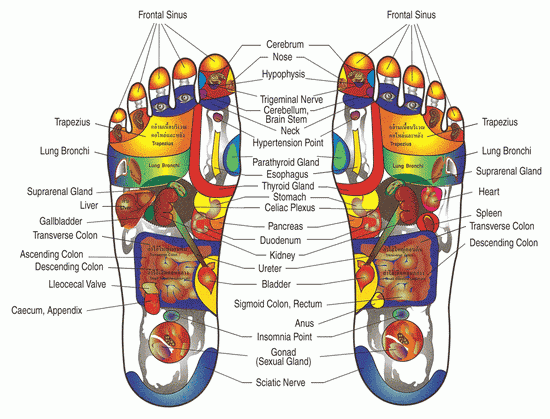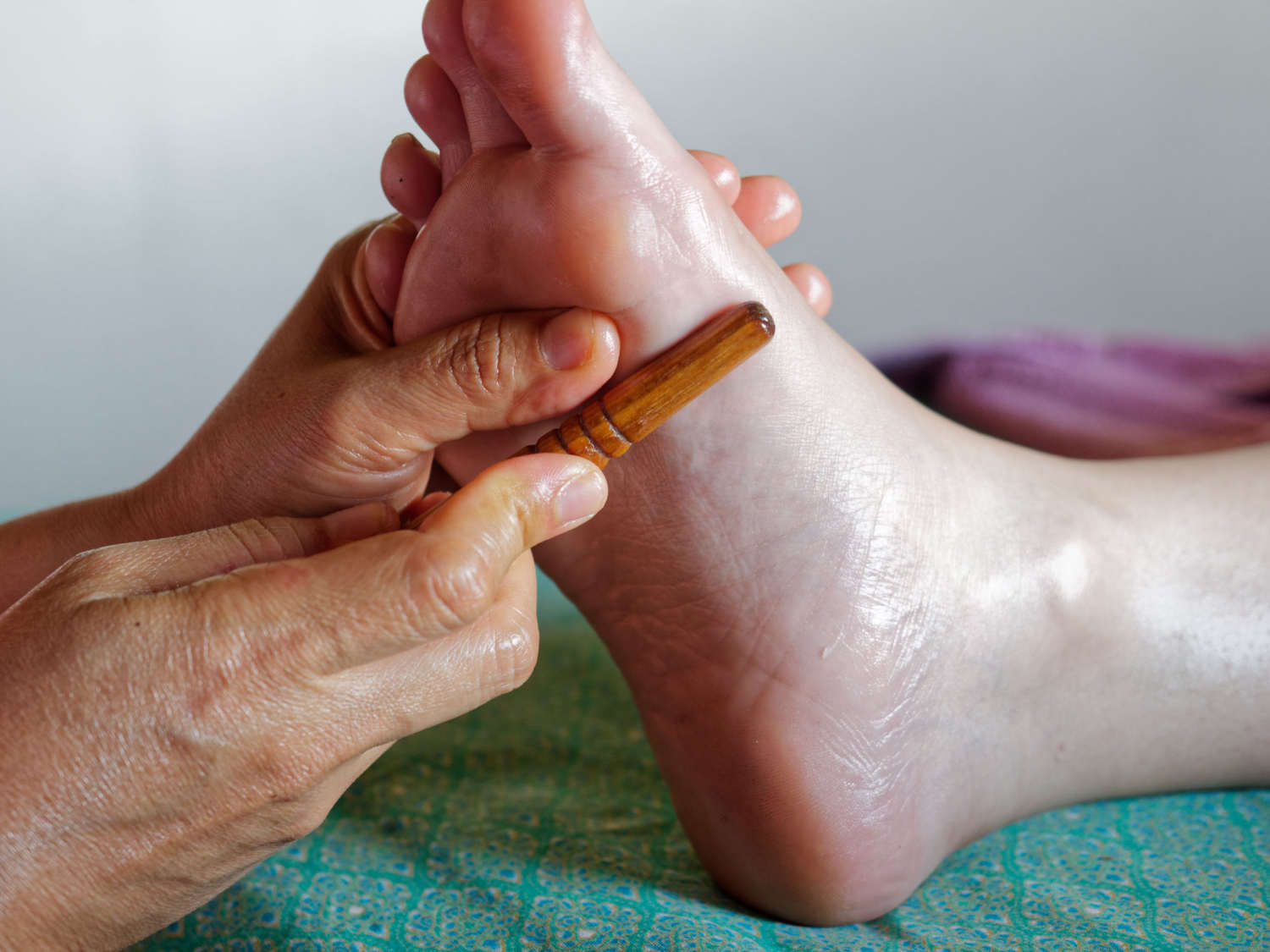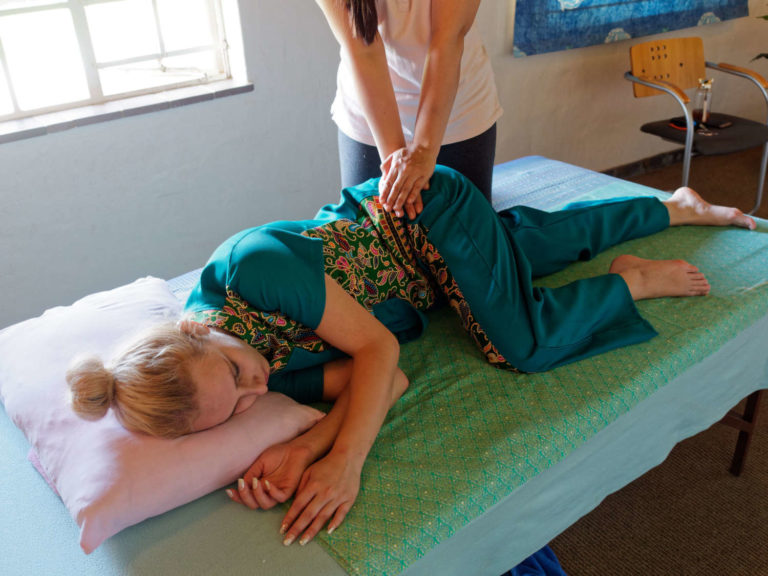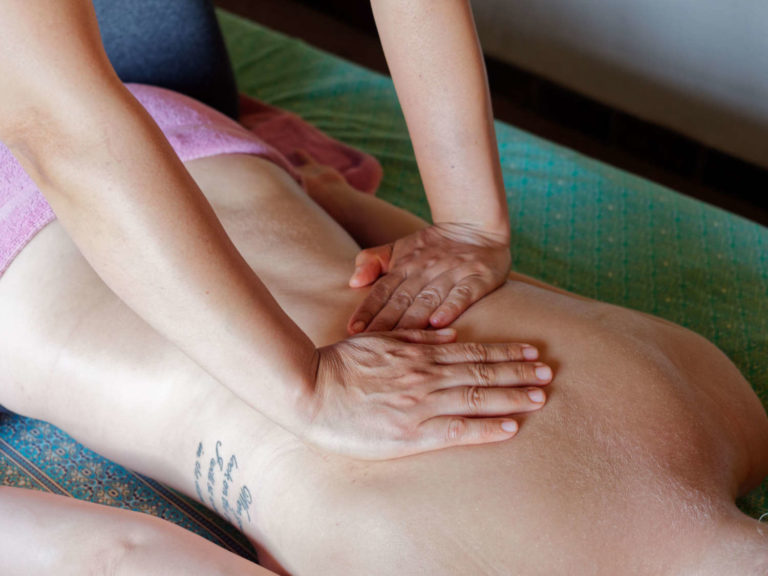What Is Reflexology (Foot Massage) ?
The history of foot massage/ reflexology dates back to the reign of Emperor Wendi but its most flourishing period was in the Tang Dynasty (618-907 A.D.). Later, the foot reflexology massage was spread into Japan. Yet, there were some specialists in China who did not pass their knowledge to others or did not make any written records. This resulted in the degeneration of this art of healing. Fortunately, the foot reflexology massage was brought to the Western countries when more and more Westerners started to get in touch with the Chinese around the late Manchu Dynasty (1643-1912 A.D.).
Then in 1913, Dr. William Fitzgerald, an American doctor, wrote an article about foot reflexology massage. He developed a systematized chart of longitudinal zones in the body. The 10 zones, ending in the fingers and toes, illustrated reflex areas with their corresponding connections, as well as physical conditions influenced by the connection. Fitzgerald discovered that pressure on one part of a zone could affect other parts of the body within that zone. That’s how this ancient modality was restored in the Western countries. And it was V. M. Bechterev, a Russian physiologist who coined the term “reflexology”.
Afterwards, Fitzgerald’s zone theory was further studied by Dr. Shelly Riley who added horizontal zones across the hands and feet to determine individual reflexes. After that, Eunice Ingham, a physical therapist and associate of Riley, refined the zone therapy into therapeutic foot reflexology through full scale researches with hundreds of clients. She made an anatomical model in which the organs of the body were mapped out on the feet. Her findings, published in 1938, resulted in more precise identification of reflex points and gave us the framework of foot reflexology as it is known today.
“Anyone can benefit from a Thai Foot Massage, those of any age and size including those with high levels of stress, physical injury or those experiencing emotional and physical blockages.”
THE PRACTICE OF FOOT REFLEXOLOGY MASSAGE
Not all foot massage is reflexology, even though some non-reflex varieties can be a very rejuvenating experience, and help boost the energy circulation.
The genuine reflexology is the application of pressure onto particular areas of the soles of the feet. A reflex action in another part of the body is stimulated by the manipulation of each specific area. Unlike other massages that use thumbs, palms, hands, elbow, knee and foot, foot reflexology massage uses hands, fingers and a wood stick with cream and oil.
According to Chinese medicine, the sensory nerves of the internal organs that spread throughout the body are mainly gathered around the soles of the feet.
Therefore, the massage is effective in stimulating the functions of the internal organs. Another advantage of this therapy is that there is no risk. Expert masseurs will deal with the critical points on the feet with utmost care. The pain felt there will disappear when the masseur finishes the process.
THE BENEFITS OF FOOT REFLEXOLOGY MASSAGE
- It can relieve pain and stiffness caused by too much exercising or using muscle for too long.
- It can help prevent and cure many symptoms such as headache, stress, asthma, constipation, sinusitis and migraine.
- The blood circulation system will be boosted.
- The body’s function will be naturally turned into its homeostasis.

RESTRICTIONS
- The massage must be done with accuracy to avoid wrong reflection which will cause muscle infection.
- One should not receive a massage until at least one hour after a meal.
- After receiving a massage, one is required to drink water to eliminate toxin and lactic acids developed during the massage process.
- Pregnant women, menstruating women and people who are bleeding either internally and externally are not allowed to receive foot reflexology massage.
- Both masseur and client are prohibited from washing hair, hands, feet or taking a bath within one hour of foot reflexology massage in order to prevent the body’s elements from the effect of coldness.
- Foot reflexology massage can be given every day but the total duration of both feet in a day should not exceed 45 minutes. However, only ten minutes is allowed for patients who used to suffer from heart attack.







